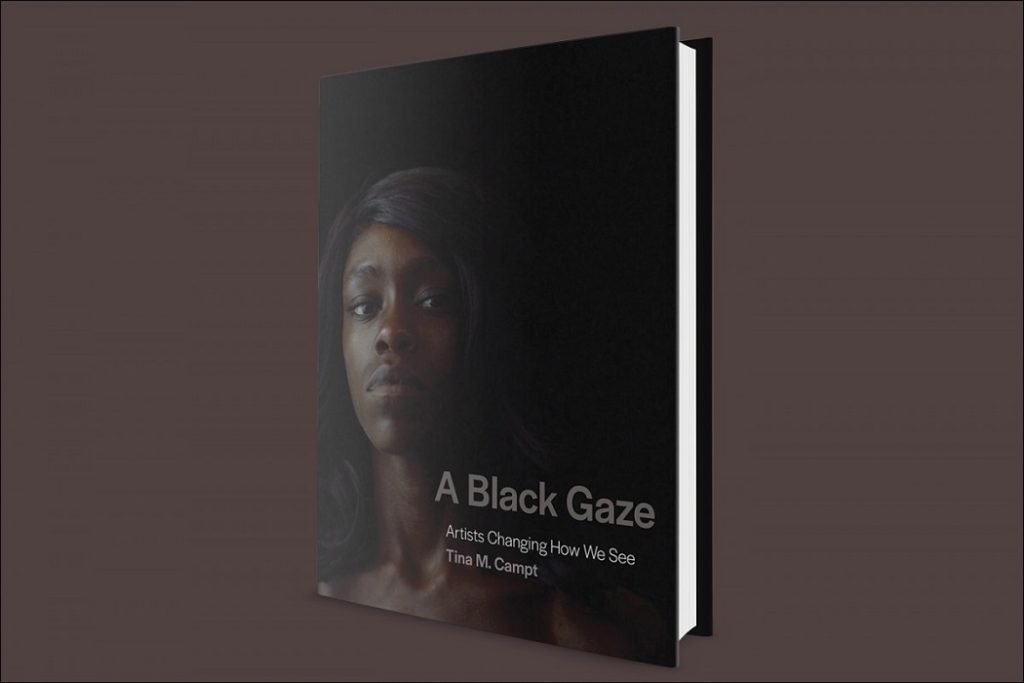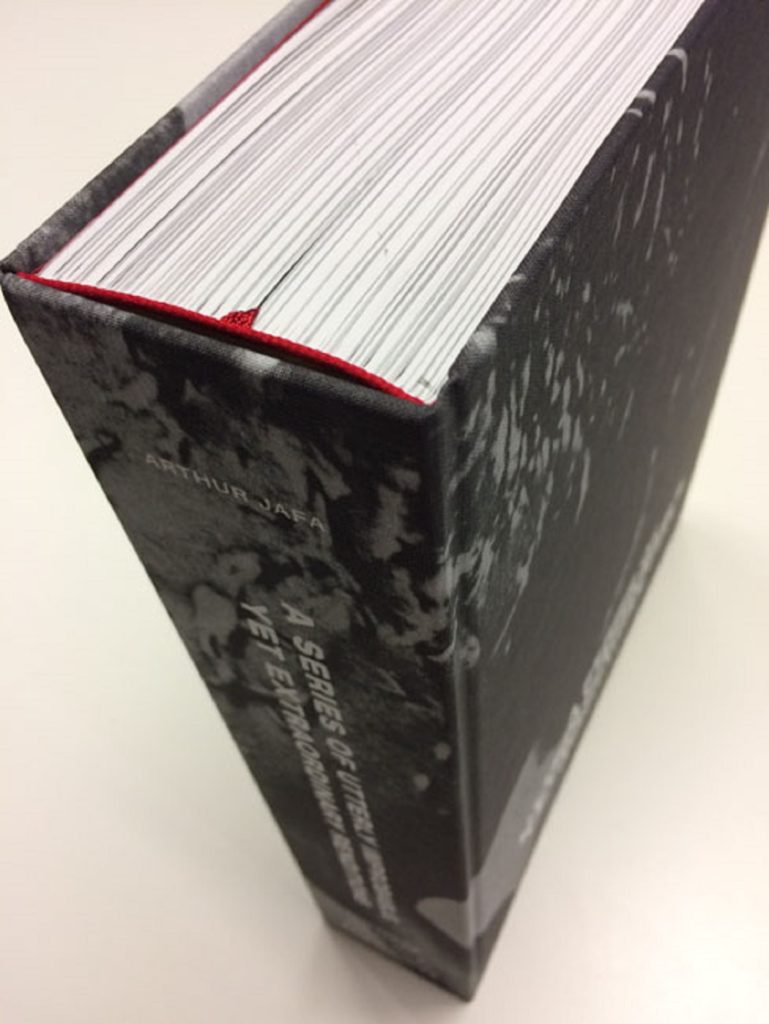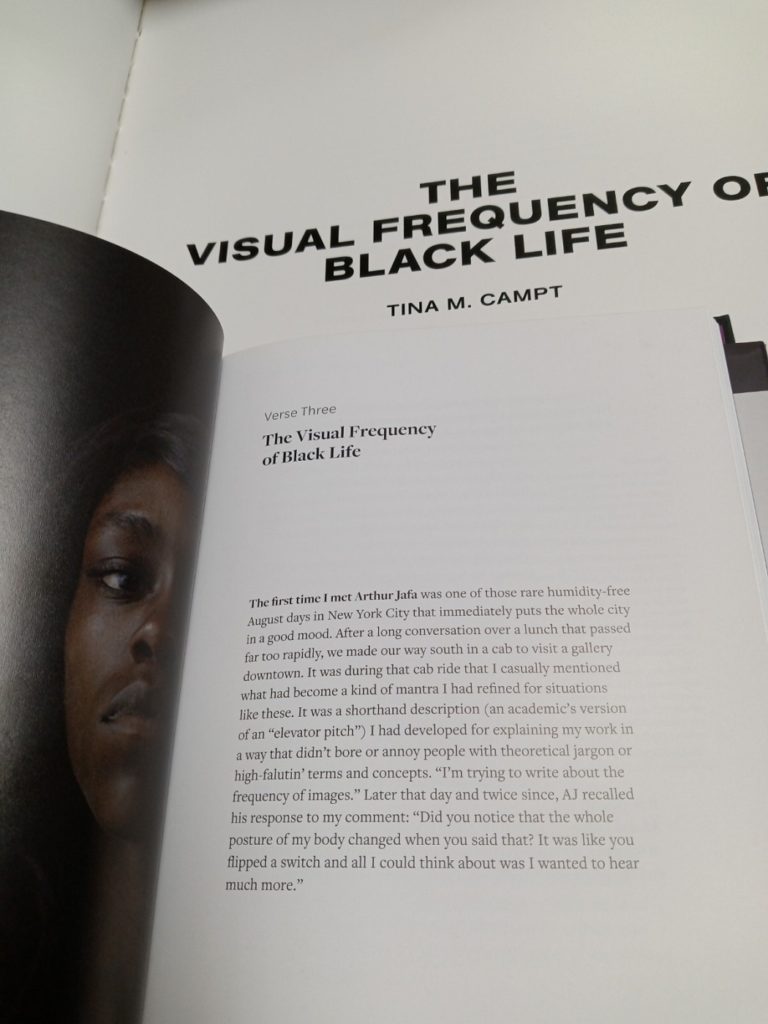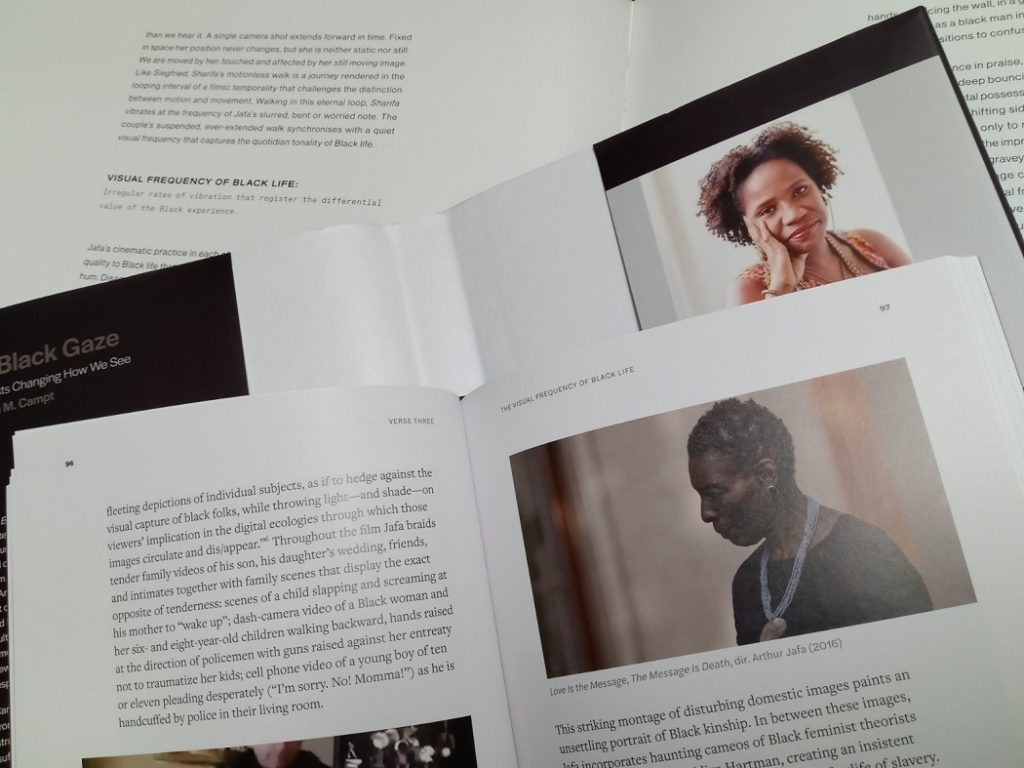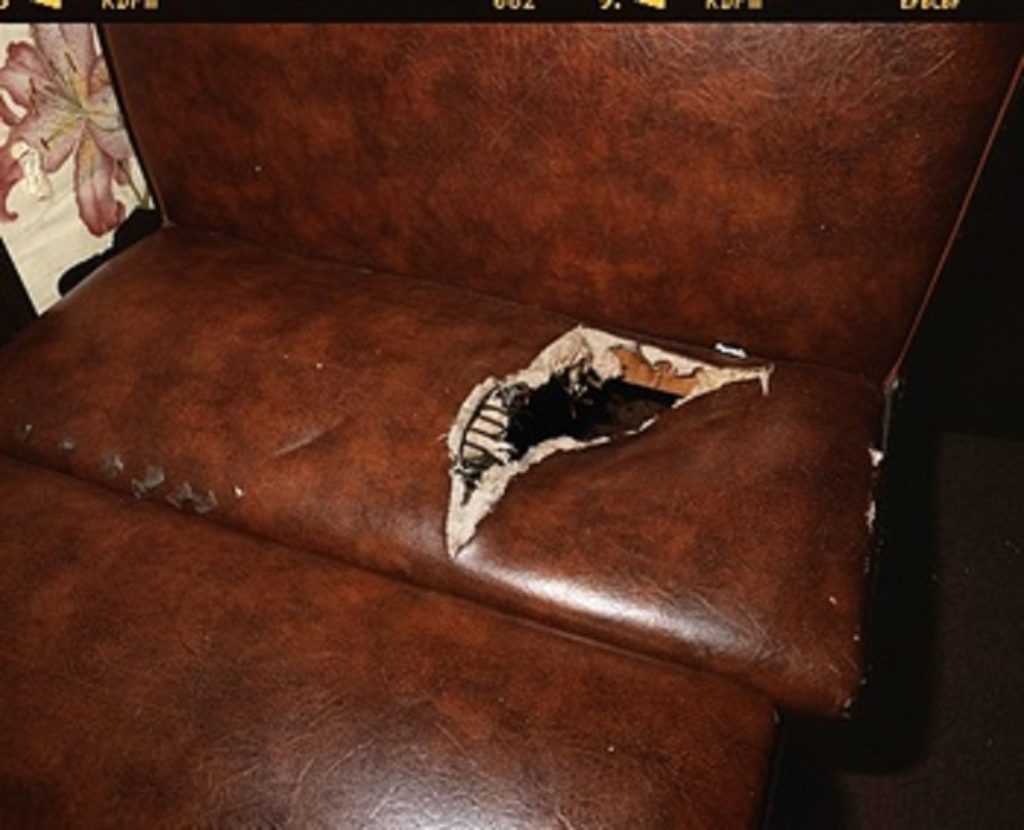Notes on my white librarian’s Whiteness:
When I was a alive my shelves were brimming with the canonical texts of a white-washed version of the ancient Mediterranean cultures of Greece and Rome. I can still feel within me the litany of white male editors’ names on the spines of those rows of green (Greek) and red (Latin) Loebs and jacketless Oxford Classical Texts. Libraries may not be racialized subjects, but we are definitely party to the structures of Whiteness and its colonial project of domination.
But that is my past life. From where I haunt now, Whiteness is put in some kind of check; even if my bearded sage cannot slink out of it completely. At least now when he sits at his desk facing my bookish haunt, the glare of the White gaze from the spines is dimmed.
But from where on these shelves does the Black gaze, or as Tina M. Campt puts it, a Black gaze, project?
Campt defines a Black gaze in ‘Prelude to a Black Gaze’, the chapter that opens her recent book A Black Gaze: Artists Changing How We See (The MIT Press: Cambridge, Mass., and London, 2021), as follows:
A Black gaze is a structure of visual engagement that implicitly and explicitly understands blackness as neither singular nor a singularity; it embraces instead the multiplicity of blacknesses these artists simultaneously grapple with and personify. Here my choice of the indefinite article is intentional, for I am proposing that we think about a Black gaze (rather than the Black gaze) and understand it as both multiple and polyvalent. It is at once a critical framework, a reading apparatus, a term that describes an artist’s practice, and a spectatorial mediation that demands particularly active modes of watching, listening, and witnessing.
Listening? (Well, what did you expect to hear from the author of a book called Listening to Images?). One of the books that I see my librarian tuning into is the biggest tome in his collection: Arthur Jafa: A Series of Utterly Improbable, Yet Extraordinary Renditions.
There is no way any writing that I dictate here can do justice to this Book of Books. Early on it contains a version of Campt’s essay from A Black Gaze focused on Jafa’s work – ‘The Visual Frequency of Black Life’ – in which she described how the concept of frequency borrowed from the realm of sound and acoustics – led her to appreciate Jafa’s practice in his films and how they ‘vibrate at the frequency of Black experience’.
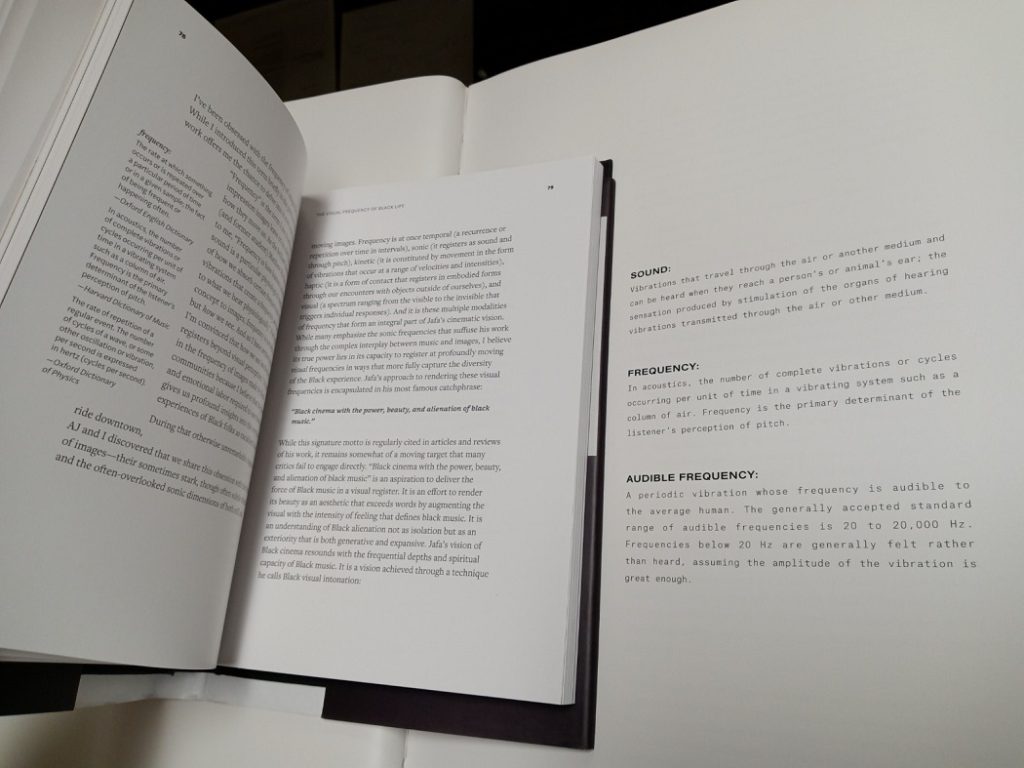
Later on in A Series of Utterly Improbable, Yet Extraordinary Renditions, the last page of a sequence of images that precede CM Burroughs’ devastating 4-part prose poem ‘Black Memorabilia’, we arrive at the reason that Lucius F bought this massive and expensive book in the first place: a giant spread of Deana Lawson’s Portal (a work old Loosh first saw at the Whitney Biennial in 2017 and wrote about in an earlier, eschatological blogpost here).

Turning back to A Black Gaze, Campt ends her chapter on Lawson (‘The Intimacy of Strangers’) with another borrowing from the audiosphere:
The Black gaze that emerges in Lawson’s work is a gaze that immerses us in a Black sociality that is simultaneously mundane and exquisite. They are images that bring together the diverse spectrum of Black communities across the globe: from Cuba, Brazil, Haiti, the US, Ghana, and elsewhere. Yet, in Lawson’s hands, these divergent images harmonize. I have somewhat infamously insisted that certain images require us not simply to watch or view them, but to listen as well. Lawson’s images of intimate strangers register a frequency one feels deeply. They are images that do not speak; they are images that hum. Sitting on the floor of Lawson’s studio, encircled by her life-sized photographic subjects and struggling to meet their gazes, I felt the irrepressible rumble of their collective hum.
And what about Portal? If my white librarian and all those libraries of Whiteness removed Jafa’s life-sized book from their shelves and placed it open on the floor, sat down next to it and put their ear to the break in the spread that runs vertically across the hole in the brown leather couch of Lawson’s photograph?
What would they hear?
